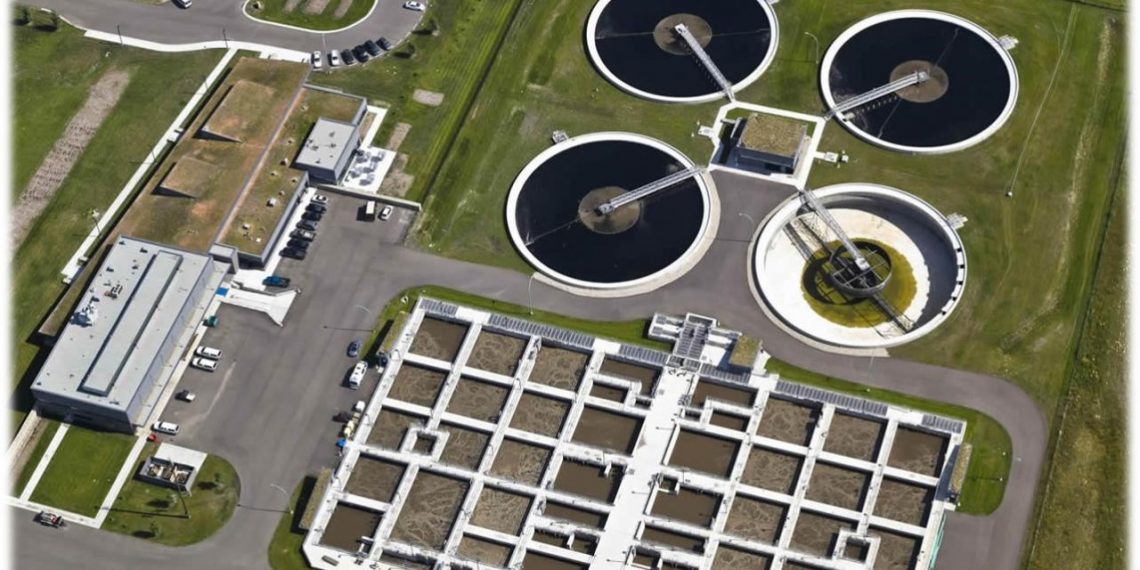Researchers from the INESC TEC’s Centre for Power and Energy Systems (CPES) developed the e-Predator Artificial Intelligence system, in partnership with Águas do Tejo Atlântico, part of the Águas de Portugal Group. Thanks to e-Predator, it’s possible to reduce the consumption of electricity in wastewater treatment plants by up to 20%.
Maximise the energy sustainability in the sector
According to the Águas de Portugal Group, energy consumption represents approximately 1.4% of the total electricity consumption in Portugal. In this sector, said consumption represents significant operational costs to companies. In the specific case of sanitation, it can reach close to 60% of operational costs, without considering the expenditure on human resources. The wastewater lift station systems represent a significant part of said costs, making it necessary to adequately manage their operation and minimise the energy used.
The new technology ePredator – Method and device for controlling a wastewater tank pumping system, aims to maximise energy sustainability in the water sector, through the application of Artificial Intelligence (AI) techniques, namely reinforcement learning. The installation of this technology will reduce the consumption of electricity in wastewater treatment plants by 15% to 20%.
“ePredator is a new Artificial Intelligence (AI) software that addresses the need for the development of advanced techniques to manage the operation of water pumps, in order to minimise the consumption of electricity. Currently, most wastewater lift stations are operated using fixed-level control rules, in order to regulate the water level in the pumping tanks. Although said approach is the most common and easiest to control, it can be more expensive”, said Rita Alves, Head of the Research, Development and Innovation at Águas do Tejo Atlântico.

ePredator implements a predictive control to minimise the consumption of electricity
The software resorts to prediction to control the pumping systems automatically, leading to cost savings for wastewater treatment plants. It also improves the operational safety of the plants, with a reduction of overflow alarms up to 90%. In addition, and unlike other technologies resorting to physical models, the ePredator automatically takes into account events such as pump maintenance, breakdowns or pipes’ clogging in its forecasts and actions.
“This AI method can reduce energy consumption by 15% to 20%; help controlling the pumps’ operation time; anticipate periods of high inflow of wastewater; include different levels of pump deterioration and take into account maintenance periods and equipment out of service. Moreover, it is easy to implement and replicate in other systems”, adds Ricardo Bessa, assistant coordinator of the CPES, at INESC TEC.
The technology was demonstrated in a real environment at the Fábrica de Água de Alcântara, a test that confirmed the potential of this solution. It was developed within the scope of the European Project InteGrid – Demonstration of Intelligent grid technologies for renewables Integration and Interactive consumer participation enabling Interoperable market solutions and Interconnected stakeholders, coordinated by EDP Distribuição and funded by the Horizon 2020 – The EU Framework Programme for Research and Innovation, under the agreement number 731218.
A European patent application was submitted in April 2019, followed by an international patent application in February 2020.
The INESC TEC researcher mentioned in this news piece is associated with INESC TEC.




 News, current topics, curiosities and so much more about INESC TEC and its community!
News, current topics, curiosities and so much more about INESC TEC and its community!